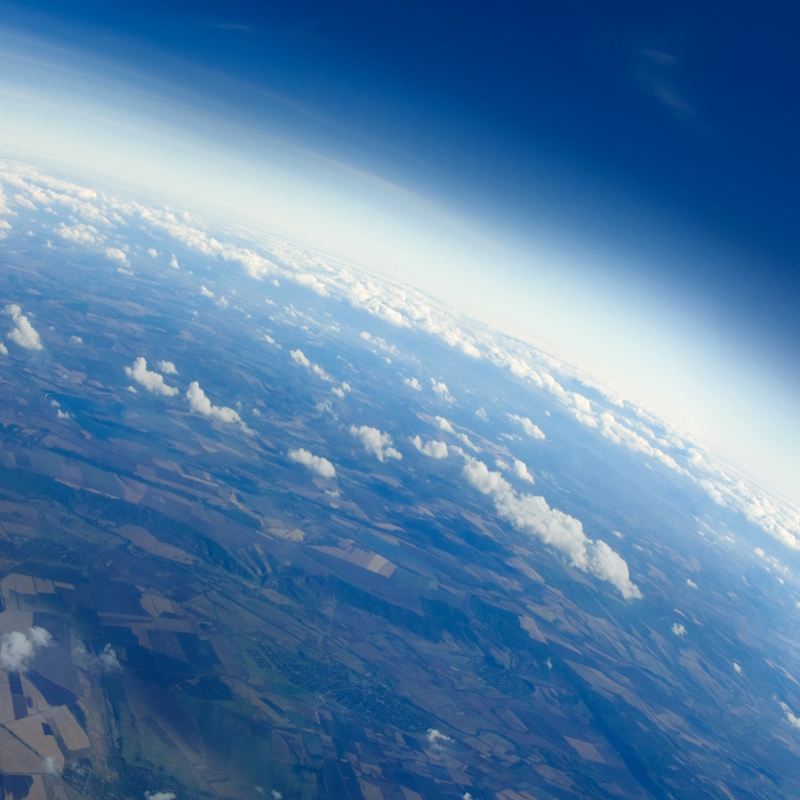In the latest in our series of public engagement case studies Amalia Thomas takes us into the world of photoelasticity. Amalia is a PhD student at the University of Cambridge and is supervised by Royal Society Dorothy Hodgkin Fellow Nathalie Vriend.

In the latest in our series of public engagement case studies Amalia Thomas takes us into the world of photoelasticity. Amalia is a PhD student at the University of Cambridge and is supervised by Royal Society Dorothy Hodgkin Fellow Nathalie Vriend. Amalia was recently presented with a Vice-Chancellor’s Public Engagement with Research Award. Find out how she got it below.
What did you do?
"We presented an exhibition at the Cambridge Science Festival Maths Open Day on 25 March and at the Royal Society Science Museum Lates Event on 29 March 2017. Our exhibit consisted of a series of simple interactive games and experiments based on photoelasticity, which is a property of materials that allows forces to be visualized, when in the appropriate optical system, as light patterns. Thus, our games offered visitors a means to directly observe the effect of the forces they apply.
"Examples of the interactive displays we offered included “how 3D glasses work”, “load transmission in bridges and archways”, and “force transmission and dissipation in a photoelastic Newton’s cradle”. No less important, we showed a video of the large-scale (length: 2m) photoelastic granular avalanche experiment carried out in our lab. By walking groups of people through these experiments in order, they were actively brought in contact with our research."
Why and how did you get involved?
"For our research, we perform experiments to visualize and measure how forces are transmitted along a chain of particles. We had recognised the potential of such experiments for public engagement, as force, work and power are often difficult concepts to grasp in school because they cannot be sensed directly. The photoelastic experimental technique breaches that gap perfectly: the light caused by forces forms visually impressive and beautiful patterns, and people’s first reaction is always of surprised fascination. Thus, using the technique developed by us to cast a photoelastic material into any shape, we prepared a series of displays and took the whole research group (1 Masters student, 3 PhD students, 1 postdoc and 1 PI) to present them at the events."
What was the experience like?
"We noted that most visitors came to both the Science Festival and to the Science Museum Lates with an open mind to learn, so we appreciate that this was the right event to meet our target audience in the best possible mind-set to engage with us. Adults with a scientific background were most visibly impressed by the interactive objects, even if they had no prior knowledge of the subject, and were visibly more engaged in our explanations. They asked deep questions and often commented on how they could apply the technique to their own work, as was another aim of the activity. Those with non-scientific backgrounds were still impressed by the colourful technique, and their reaction was mostly of surprise and curiosity to learn how it works."
Has anything changed?
"A surprising amount of useful comments were made on what visitors liked about the way in which we presented and what could be improved. For example, the poster hand-outs were very successful, especially among the parents and people who expressed an interest to contact us further. For another example, it was suggested that an animation of the polarization of light could make our explanation easier to understand. The greatest impact was on the team members’ presentation skills. Not only because we got a lot of practice with non-academics, but also because visitors were surprisingly willing to ask difficult questions and give their opinions on how to improve different aspects of the exhibit. Secondly, the project proved to be a good opportunity for our group to do networking. Many visitors indeed had original ideas on what the technique could be used for, particularly academics who were interested in applying it for their own research. Four people asked explicitly for a contact email to ask further advice on how to apply the technique for their own purposes."
What advice would you give to other research fellows?
"Timing was of essence – the events we signed up for coincided very conveniently with the development of the experiments we are carrying out for our research, so, although time consuming at times, we did not need to go too much out of our way to reuse our knowledge and technique for such a purpose. Even so, due to the nature of our display, mostly comprised of games and toys, the process was both challenging and fun.
"For the Science Museum Lates our first recommendation would be to be prepared to have five or six participants ready to be busy throughout the event with several groups of people. The event gets very busy and the visitors are very keen to listen. Also, I would recommend having as many interactive objects as possible, as it is these that most draw people’s attention and prevents them from getting bored of explanations that require some depth."




